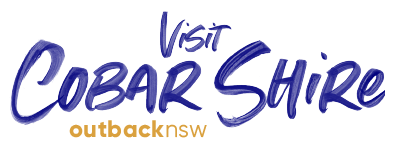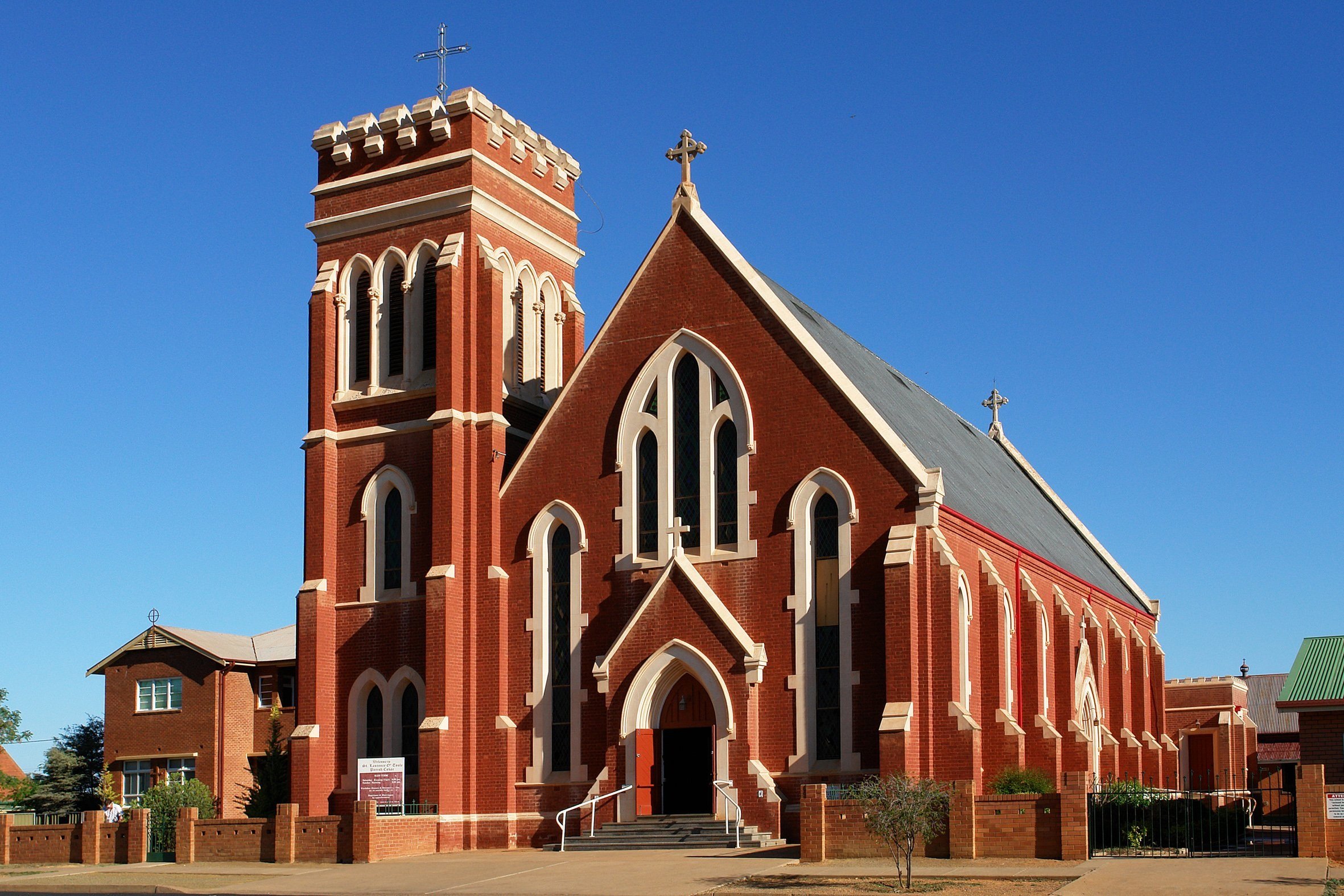


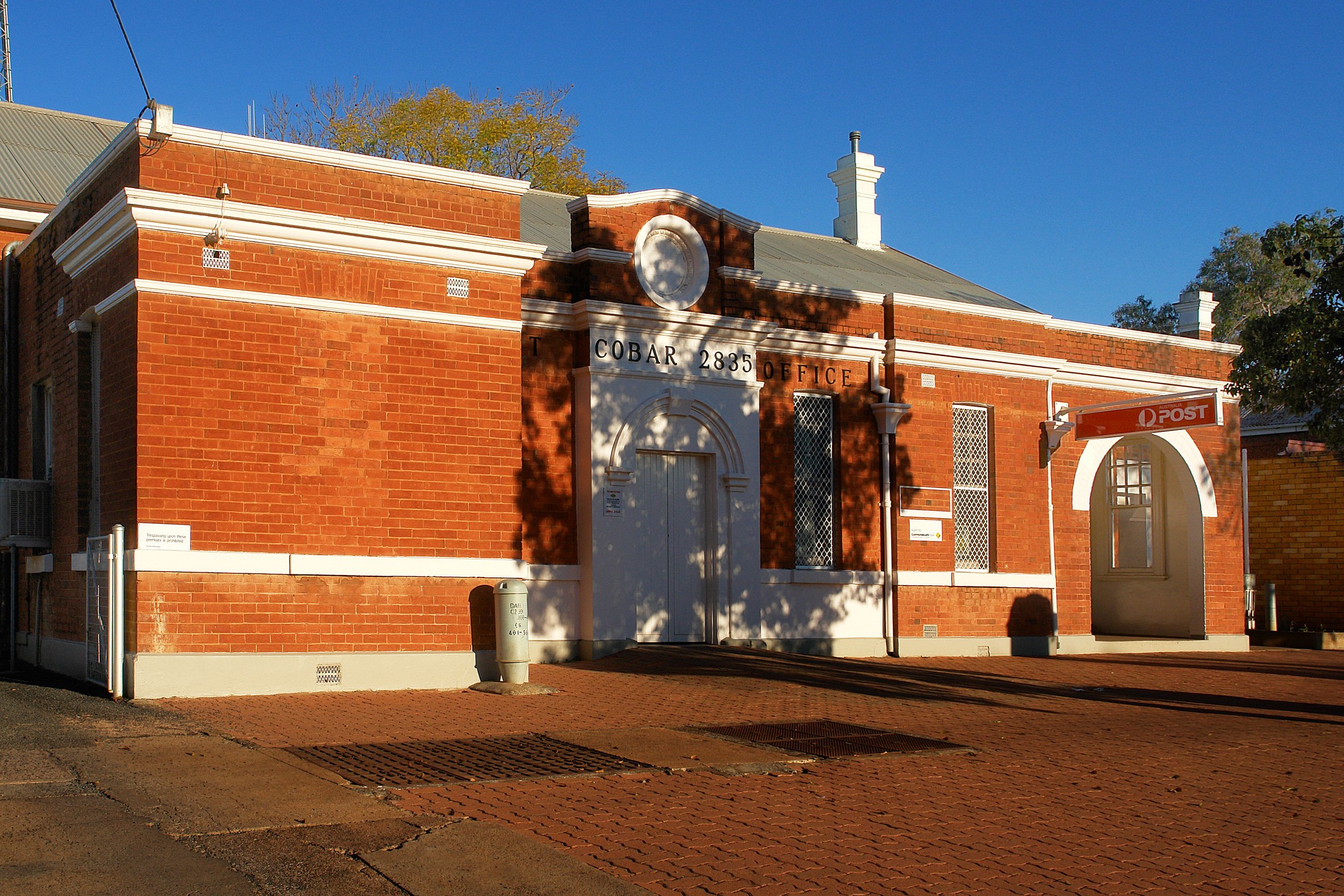
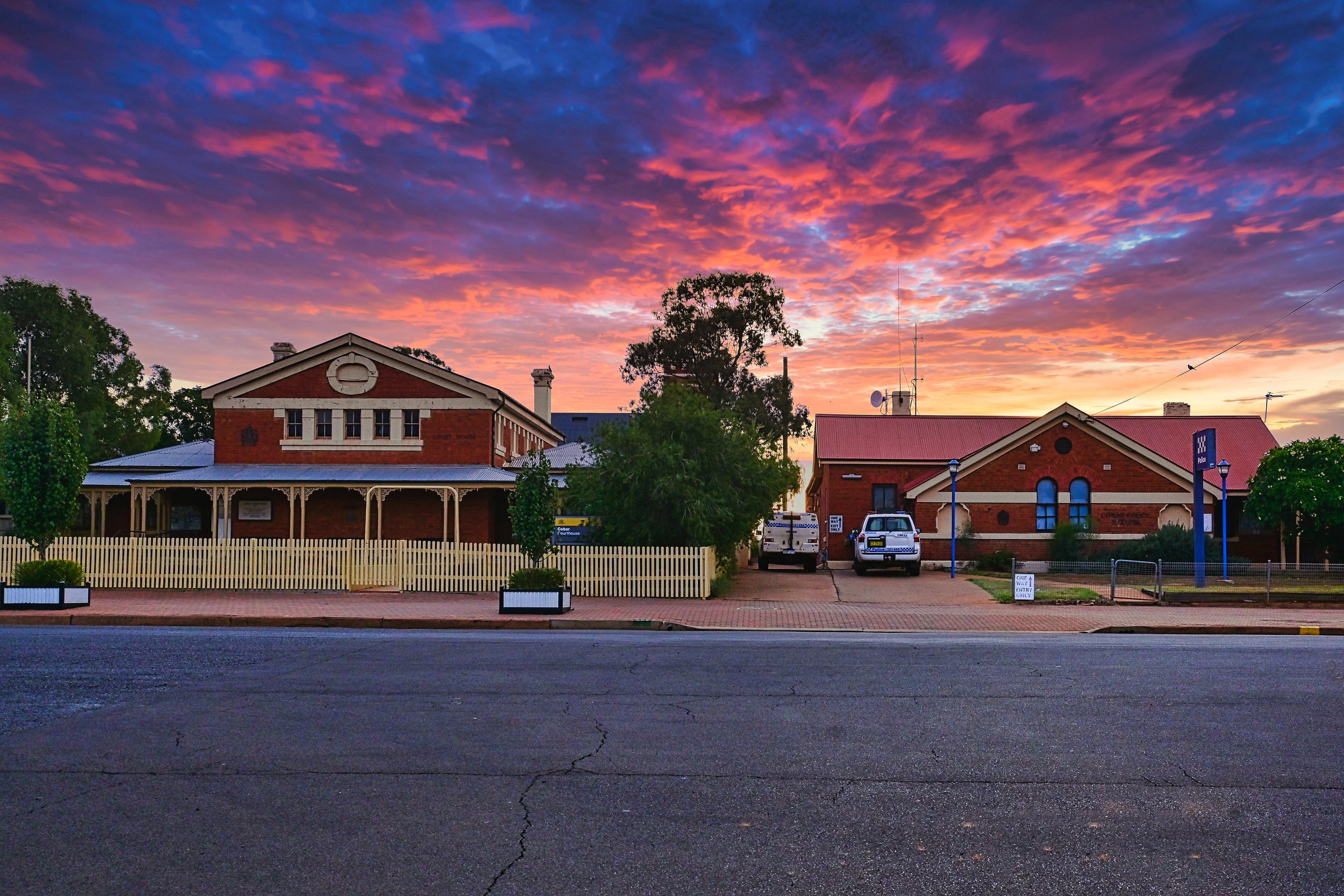
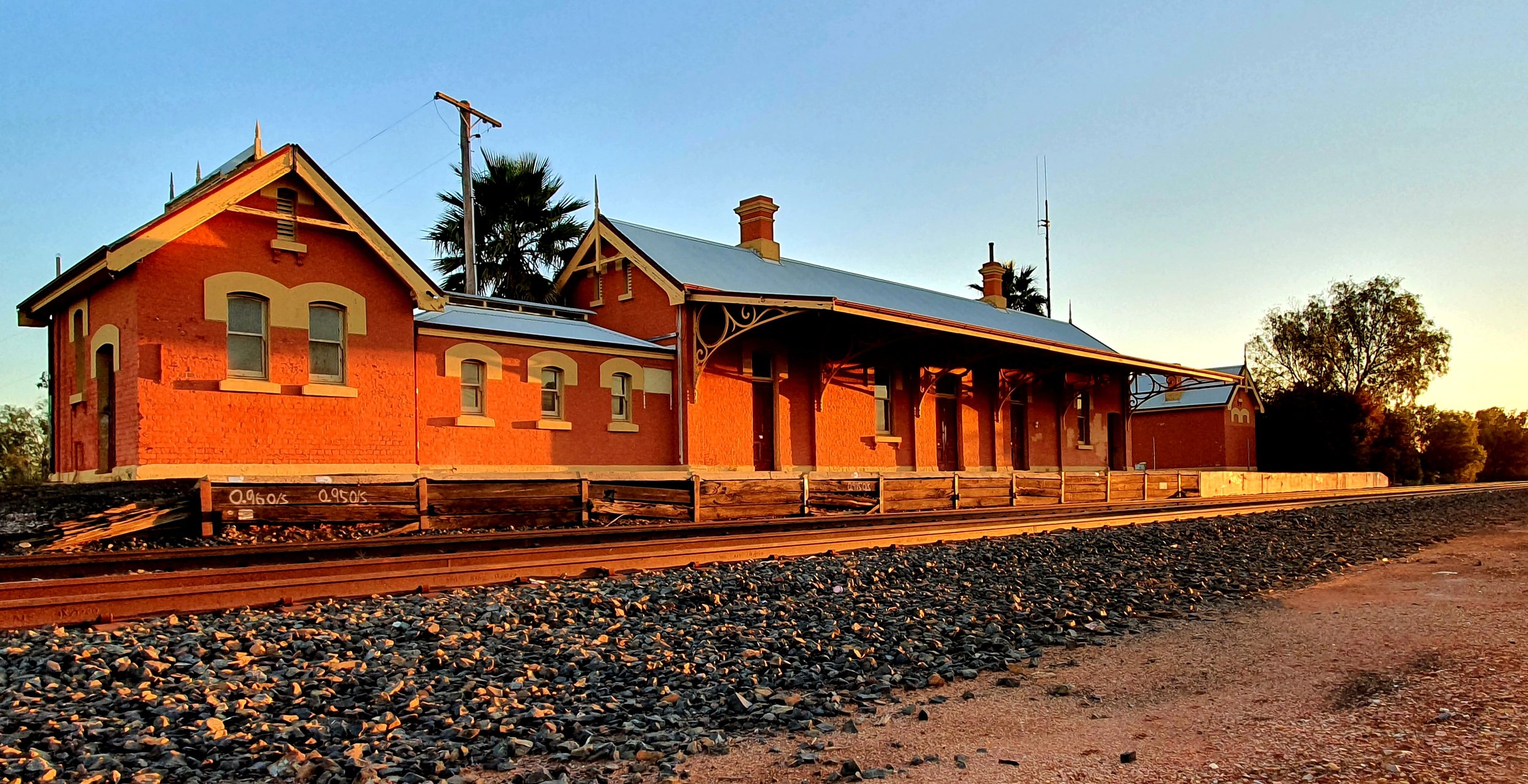
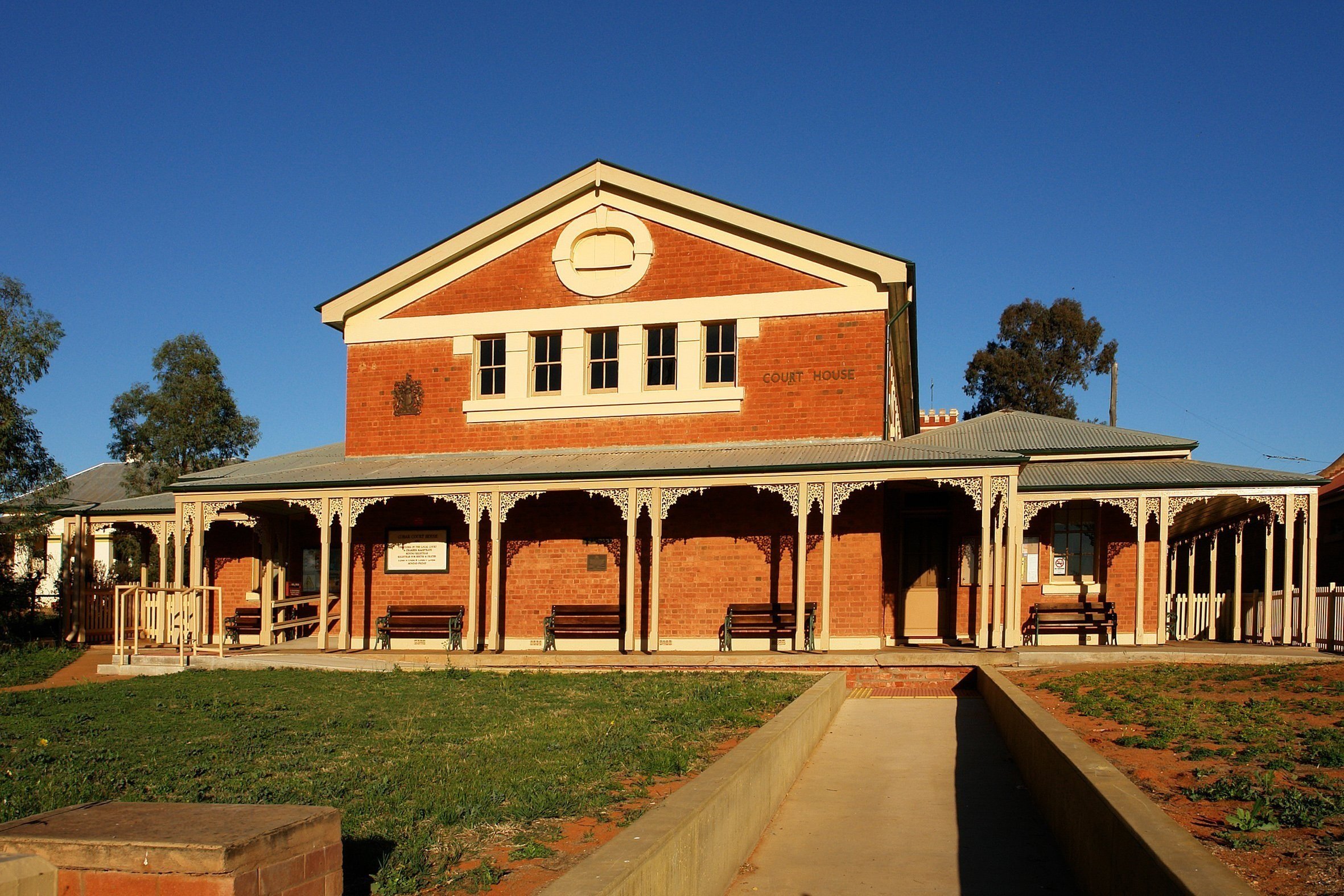
History of Cobar
In the beginning
Cobar is the country of the Ngiyampaa Wangaaypuwan people. The Ngiyampaa Wangaaypuwan were here when European colonists began to take up vast pastoral runs in the 1860s and were present when the first discovery of copper was made in 1870.
The discovery of copper
In 1870, two aboriginal men, Frank and Boney, guided three tank sinkers, Charles Campbell, Thomas Hartman and George Gibb on a journey from Bourke towards Condobolin. Frank and Boney led the party to a reliable source of water at the Kubbur natural well. The tank sinkers were attracted by the unusual red, green and blue streaked colours of the rocks in and around the water. They carried away samples as they continued their journey south toward The Priory station, where they encountered Sidwell and Henry Kruge.
Sidwell Kruge had been a bal-gal, working in the copper mines of Cornwall, picking and sorting the ore. She immediately recognized the samples and identified them as copper ore.
The discovery led to the formation of the Great Cobar Copper Mine which became the largest copper mine in Australia. At its peak around 1912 it directly employed over 1,000 people and provided work for at least another thousand. Its processing works included the tallest chimney stack in the southern hemisphere.
The founding of the Great Cobar led to other exploration and further mineral discoveries of silver and gold. Many smaller towns and villages sprang up, including Wrightville, Mount Drysdale, Canbelego, Illewong, Gilgunnia, Shuttleton and Nymagee. In the early years of the 1900s, Cobar and these towns between them supported a population of some 15,000 people.
1919 The Great Cobar closes
Following World War I, the international price of copper collapsed, and the Great Cobar Copper Mine collapsed with it. On March 16th 1919, the smelters were closed down and the lights were turned off. Just one year later, on March 20th 1920, a disastrous fire began underground at the CSA mine, the second in size and importance of Cobar’s mines. The fire continued to burn for sixteen years. As a result, thousands of people lost their jobs and left the area, most never to return.
Drummond of the Far West.
In 1924, the train brought a new Methodist minister to Cobar. This was the Reverend Stanley Drummond, who was accompanied by his wife, Lucy. As the train drew closer to Cobar, they were dismayed by the increasing signs of decay and hardship. The mine closures had caused poverty amongst many of the people who remained in the area and as the Drummonds grew to know their vast parish, they became appalled at the conditions that the families endured. Many children suffered from long-term illnesses and disease. Not content with being appalled, the Drummonds decided to do something about it. They began by by organizing trips to Sydney and the beach for the disadvantaged children.
The idea developed and soon children were being taken to Sydney for medical treatment that was unavailable or unaffordable in the far-flung corners of the state. This was to become the Far West Children’s Health Scheme, supported by many volunteers and hard-working fund-raisers, as well as by organisations and generous individuals.
Recognizing a need to support and advise new parents, the Mobile Baby Health Clinics were developed. Disused railway carriages were renovated and outfitted and were soon travelling to remote and isolated areas. The first left Sydney in 1931 with Sister Brooks on board and were followed by the second and third in 1933.
Now known as the Royal Far West, the scheme continues to operate from its headquarters in Manly.
A moving reminder of the scheme’s origins and work can be seen at the Great Cobar Museum. The last remaining baby clinic has been restored and turned into a walk-through exhibition that can be experienced by museum visitors.
Mines in Cobar
In common with other mining areas, Cobar experiences times of boom and bust. The bust that followed World War I was due to economic and political forces and not to a lack of mineral resources.
In 1933, the New Occidental Gold Mine opened, leading to a partial revival in the town’s fortunes. Another bust hit when ‘the Ox’ closed in 1953.
The next boom came with the recommissioning of the CSA (Cornish, Scottish, Australian) mine in the 1960s. A new main shaft was sunk south of the fire-damaged workings and the CSA has been in almost continuous operation ever since.
In 1983, a silver, lead and zinc mine opened 40km to the north-west of town. Originally called Elura, it was re-named Endeavor in 2003. The mine is currently in care and maintenance.
Peak Gold Mines operations, commencing in 1992, include an area of original gold mines to the south of town as well as the New Cobar open cut on Fort Bourke Hill and mines at Nymagee.
Heritage Walk
The Heritage Walk consist of forty one locations within Cobar to visit.
The walk begins and ends at The Great Cobar Museum and delivers various locations showcasing Cobar’s History and Heritage.
Heritage Walk guide’s are available at the Great Cobar Museum.
Federation Walk
The Federation walk starts at The Great Cobar Museum and moves south around the Newey Reservoir where there is a great opportunity to view Cobar’s abundant birdlife. The track includes numerous interpretative signage which focus on local flora and fauna as well as our historical stories of our town.
Federation Walking guides are available at the Great Cobar Museum.
Walk the Walk
Walk the Walk is a short interpretative walk through our CBD. Interpretative signage has been placed in ten locations around town to provide history on Cobar’s business district throughout the years.
Walk the Walk guides are available at the Great Cobar Museum.
